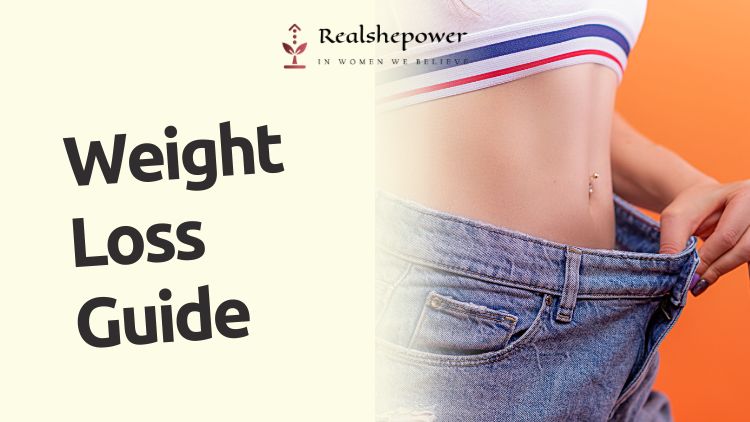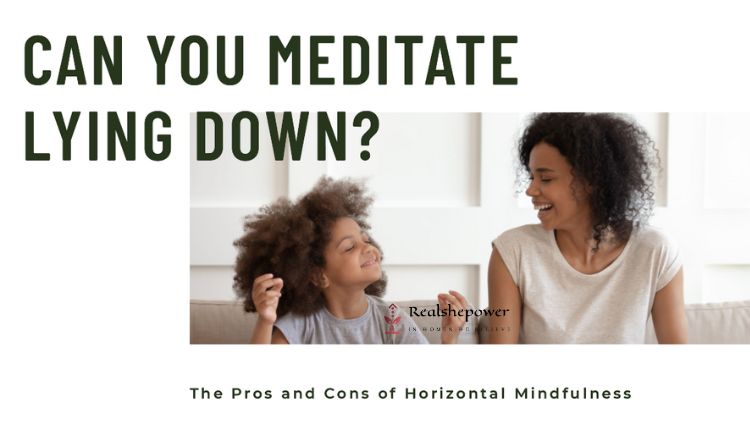The Ultimate Guide to Weight Loss: Beyond the Basics

Embarking on a weight loss journey can feel like navigating an intricate labyrinth. With an overwhelming amount of information, deciphering what’s beneficial and what’s merely a myth can be daunting. This comprehensive guide is designed to simplify the complexities of weight loss, providing you with a thorough understanding, actionable strategies, under-discussed facts, and unique tips to ensure you’re equipped for success. Let’s dive into the nuanced world of weight loss, making it accessible, understandable, and achievable.
Table of Contents
Foundations of Weight Loss
The Caloric Deficit Explained
The principle underlying weight loss is deceptively simple: consume fewer calories than you expend. However, the implementation of this principle is nuanced, influenced by individual factors like metabolism, diet, activity level, and even genetic predispositions. Achieving a caloric deficit requires a multifaceted approach, balancing nutritional intake with physical activity.
Understanding Metabolism
Your metabolism plays a pivotal role in how efficiently your body converts food into energy. Factors such as age, sex, weight, and muscle mass influence your basal metabolic rate (BMR), the number of calories your body needs to perform basic life-sustaining functions. Increasing your muscle mass boosts your BMR, making weight loss easier over time.
Also Read:
Boosting Metabolism in 10 Days for Women Over 30
Weight Loss Secrets Nobody Tells You
The Truth About Apple Cider Vinegar and Weight Loss: Separating Fact from Fiction
Nutrition’s Role in Weight Loss
A well-balanced diet is the cornerstone of successful weight loss. It’s not just about reducing calorie intake but ensuring the calories consumed are rich in nutrients. Here’s what a balanced diet should include:
- Vegetables and Fruits: High in fiber and water content, they keep you fuller for longer.
- Lean Proteins: Essential for building and repairing tissues and making enzymes and hormones.
- Whole Grains: Rich in fiber, contributing to satiety and aiding digestion.
- Healthy Fats: Found in avocados, nuts, and seeds, they’re vital for brain health and satiety.
Reducing the intake of processed foods, sugar, and trans fats is equally important. These foods are calorie-dense yet offer little nutritional value, leading to weight gain.
The Impact of Physical Activity
Exercise is a powerful tool in the weight loss arsenal. It helps burn calories, build muscle, and improve overall health. While cardio exercises are effective for burning calories, strength training is essential for building muscle, which in turn enhances your metabolism. Incorporating a mix of both types of exercise is most beneficial.
Advanced Insights into Weight Loss
The Set Point Theory
This theory suggests that your body has a natural weight range it “prefers” and will resist efforts to deviate from this range. This physiological resistance can make weight loss challenging but not impossible. Gradual changes and consistent lifestyle adjustments can help you outsmart your body’s set point.
Gut Health and Weight Loss
The microbiome in your gut plays a crucial role in digestion, nutrient absorption, and even the regulation of hunger and satiety signals. A diet rich in probiotics and prebiotics can help balance your gut flora, potentially aiding in weight loss.
Genetic Influences
While genetics can predispose individuals to certain body types or weight ranges, lifestyle choices have a significant impact. Engaging in regular physical activity and maintaining a balanced diet can help mitigate genetic predispositions.
Frequently Asked Questions
Can Skipping Meals Aid in Weight Loss?
Skipping meals is generally not recommended as it can lead to increased hunger, potentially causing overeating later. It can also have a negative impact on metabolism, making weight loss more difficult.
Are All Calories Equal?
From a nutritional standpoint, calories are not equal. 100 calories of vegetables are not the same as 100 calories of candy. Nutrient-dense foods not only provide essential vitamins and minerals but also keep you satiated longer than empty-calorie foods.
How Crucial Is Exercise?
Exercise is indispensable not only for its calorie-burning effects but also for its role in maintaining muscle mass, improving mood, and reducing the risk of chronic diseases. It’s a vital component of a healthy weight loss plan.
Lesser-Known Tips for Weight Loss
1. Embrace the Cold
Exposing your body to cold temperatures can stimulate brown fat activity. Unlike regular fat, brown fat burns calories to generate heat, aiding in weight loss.
2. Practice Mindful Eating
Eating mindfully, by paying attention to the taste, texture, and aroma of your food, can enhance satiety and help reduce overall calorie intake.
3. Spice It Up
Incorporating spices like cayenne pepper into your diet can have a thermogenic effect, slightly increasing calorie burn and aiding in weight loss.
4. Look Beyond the Scale
Focusing solely on weight can be misleading. Muscle is denser than fat, so changes in body composition might not always reflect on the scale. Paying attention to how you feel and how your clothes fit can be a more accurate measure of progress.
Putting It All Together
Weight loss is a journey that’s as much about discovering what works for your body as it is about losing pounds. It’s a process of trial and error, requiring patience, perseverance, and a commitment to making sustainable lifestyle changes. Understanding the science of weight loss, coupled with the strategies and tips outlined in this guide, can provide a solid foundation for your journey.
Remember, the goal of weight loss should not just be a number on the scale but improved health and well-being. Celebrate every step forward, no matter how small, and know that with consistency and determination, you can achieve your weight loss goals. Welcome to your journey toward a healthier, happier you.
Can You Meditate Lying Down? – The Pros and Cons of Horizontal Mindfulness

You can now write for RSP Magazine and be a part of the community. Share your stories and opinions with us here.








